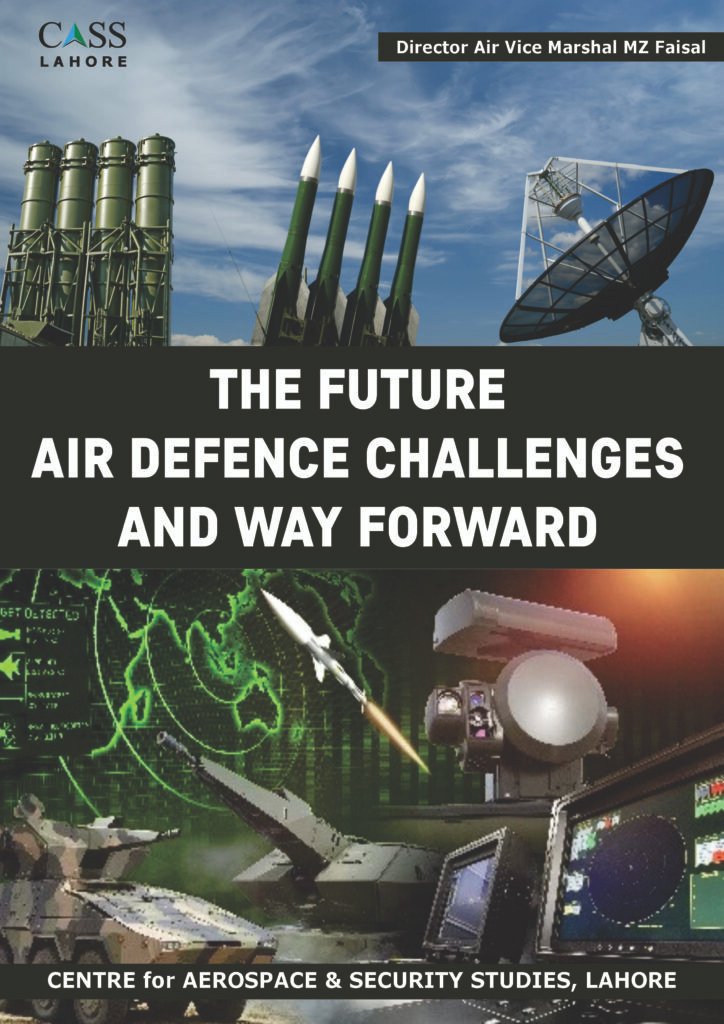THE FUTURE AIR DEFENCE CHALLENGES AND WAY FORWARD

ABSTRACT
The rapid technological advancements of the 21st century have strengthened offensive options and brought significant challenges to traditional Air Defence paradigms. Central to these challenges is the proliferation of stealth technology, which has significantly impaired the detection capabilities of many existing radar systems. Concurrently, the advent and deployment of hypersonic weapons have drastically reduced the reaction window for defensive counteractions. Another pivotal concern is the proliferation of drone technology. With integrated air Defence systems relying heavily on network-centric operations, they have increasingly become susceptible to cyber-attacks. Furthermore, with nations expanding their operations into space, the potential for space-based threats is real. In navigating these challenges, there is a need for a multifaceted approach. Suitable surveillance sensors, a potent interceptor fleet with preferably first-shot capability, effective missile Defence systems, cost-effective intercept means against low-cost intelligent UCAVs, and robust command and control centres to withstand cyber and EW attacks are some of the most compelling air Defence requirements. This research paper investigates modern-day technological advancements and offensive concepts, studies the impact and nature of challenges that are posed to the efficacy of the Air Defence system, and, in the end, proposes options and measures to strengthen the Air Defence response.
AVM M Z Faisal (Retd)
Director Aerospace & Warfare
CASS LAhore

The Centre for Aerospace & Security Studies (CASS) was established in July 2021 to inform policymakers and the public about issues related to aerospace and security from an independent, non-partisan and future-centric analytical lens.


